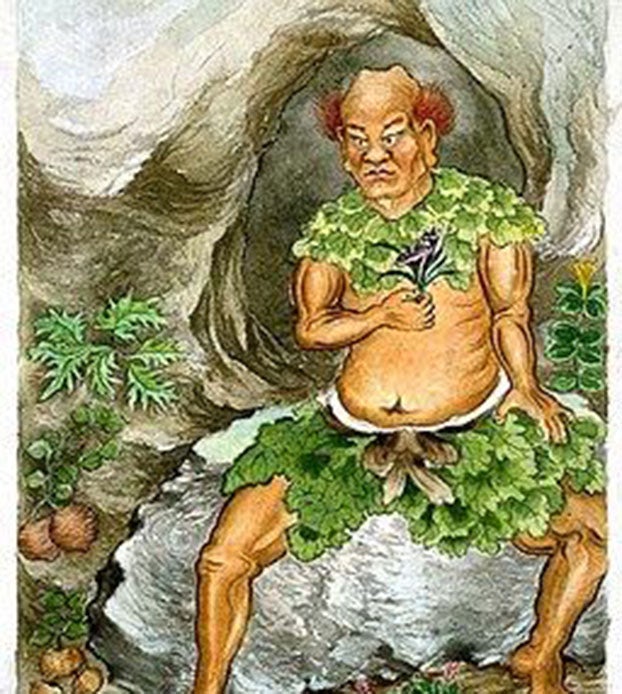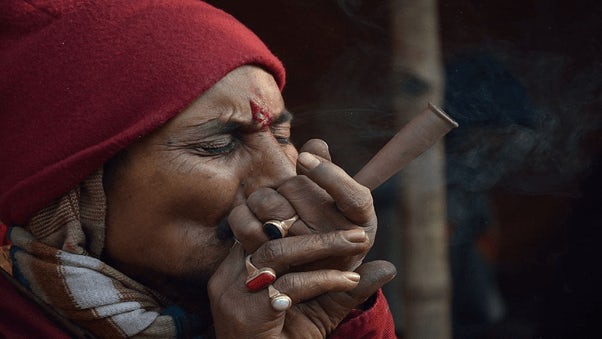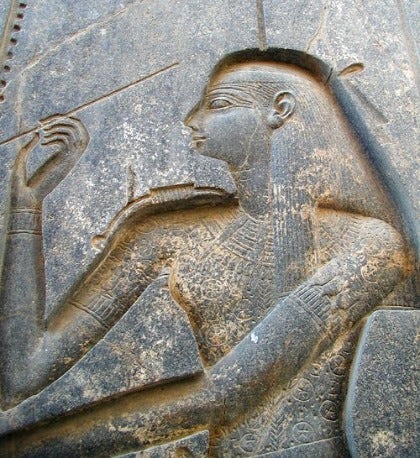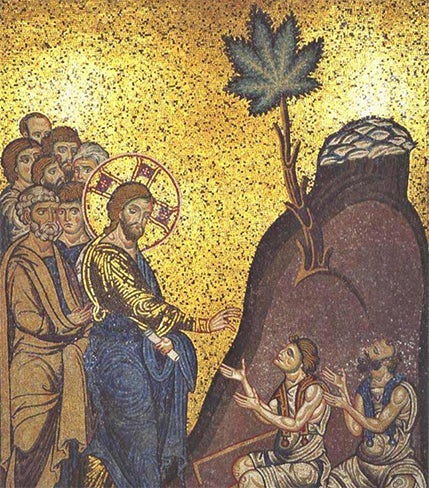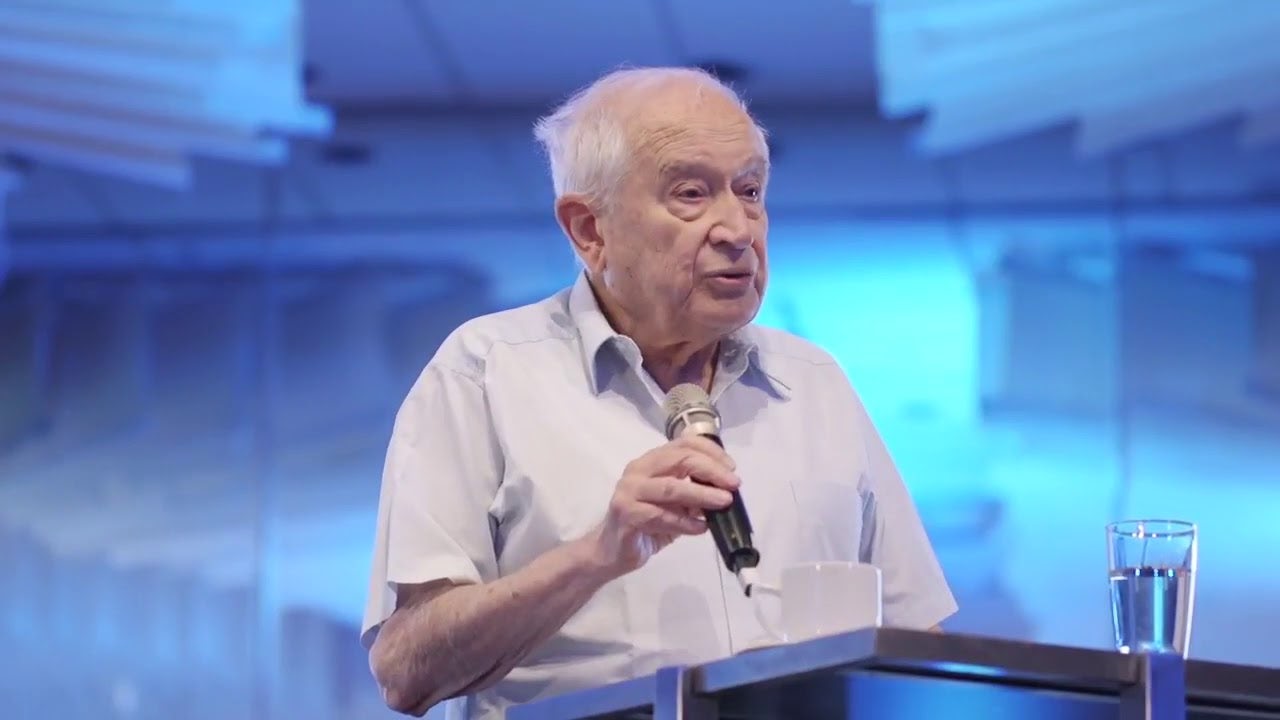It’s a nug of cannabis conventional wisdom that’s as old as time: Getting high makes you more creative, insightful, and more willing to heed the call of your artistic side, leaving behind the staid and serious concerns of the work day.
But is it actually true?
Marijuana and creativity: What the research says
To get the buzzkill out of the way up top — clinical research has found little to support the assertion that cannabis boosts creativity and artistic inspiration across the board.
In a 2014 randomized control trial, researchers gave 18 people high doses of 22mg of THC and an equal number low doses of 5.5mg. The participants in the high dose group performed “significantly worse” on tasks related to divergent thinking. The researchers concluded that “cannabis with low potency does not have any impact on creativity, while highly potent cannabis actually impairs divergent thinking.”
The same year, researchers carried out a study that examined the relations between divergent thinking, schizotypy, and cannabis use. Not surprisingly, they found that people with positive schizotypy (people with mild symptoms of schizophrenia) showed higher levels of divergent thinking. Across all groups, cannabis use was not a predictor of divergent thinking, except for participants who were low in creativity.
What can we deduce from these two studies? Either that cannabis has little impact on creativity in low doses and actually stiffles it in higher doses, or it helps boost creativity — if you are someone with low creativity.
But what if it’s not that cannabis makes you more creative, rather, it’s that people who are more willing to try new things are also more willing to use cannabis? In a 2017 study, researchers looked at a group of 412 cannabis users and 309 non-users and found that cannabis users (who were sober during the study) “self-reported high creatively, and performed significantly better on a measure of convergent thinking.”
That said, the researchers found that factoring in “cannabis users’ higher levels of openness to experience,” the differences between the two groups disappeared. In other words, any higher or enhanced creativity that cannabis users exhibit is a symptom of their higher level of openness to new experiences.
So, could it be that cannabis makes already artistic people that much more adept at expressing their vision, or does it help people who aren’t creative find a way to see the world differently?
In the absence of ironclad scientific proof, it may behoove us to look at some unscientific evidence for clues. After all, we’re talking about art, not science.
Without further ado, here are 10 cultural masterpieces we might not have without cannabis — and some we definitely wouldn’t.
1. The works of David Hockney
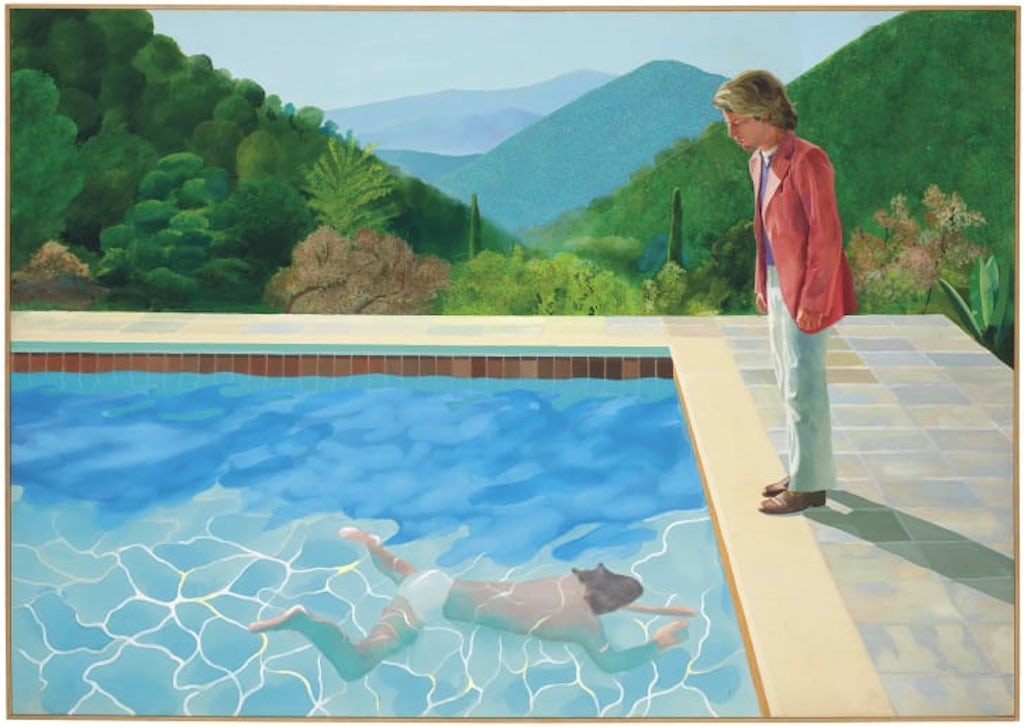
The neon tangerine hues, flamingo pinks, and opal blues that feature in the works of world-renowned painter David Hockney would not be out of place on the labels of a boutique West Coast cannabis company’s top shelf flower. The 84-year-old Yorkshire, England native and pop art icon is one of the most influential and successful artists of the 20th century, and in 2018 he made global headlines when his “Portrait of an Artist (Pool with Two Figures)” sold for a record breaking $90 million at auction. And while the painting was set in the landscape surrounding Saint-Tropez, it can evoke a very powerful “Southern California poolside with a pre-roll” vibe.
Hockney is a longtime cannabis smoker (though not when he’s working), and the holder of a California medical cannabis card. Are his paintings the result of his cannabis hobby? Who are we to say? But it certainly couldn’t hurt.
2. ‘The Chronic’ (1992)
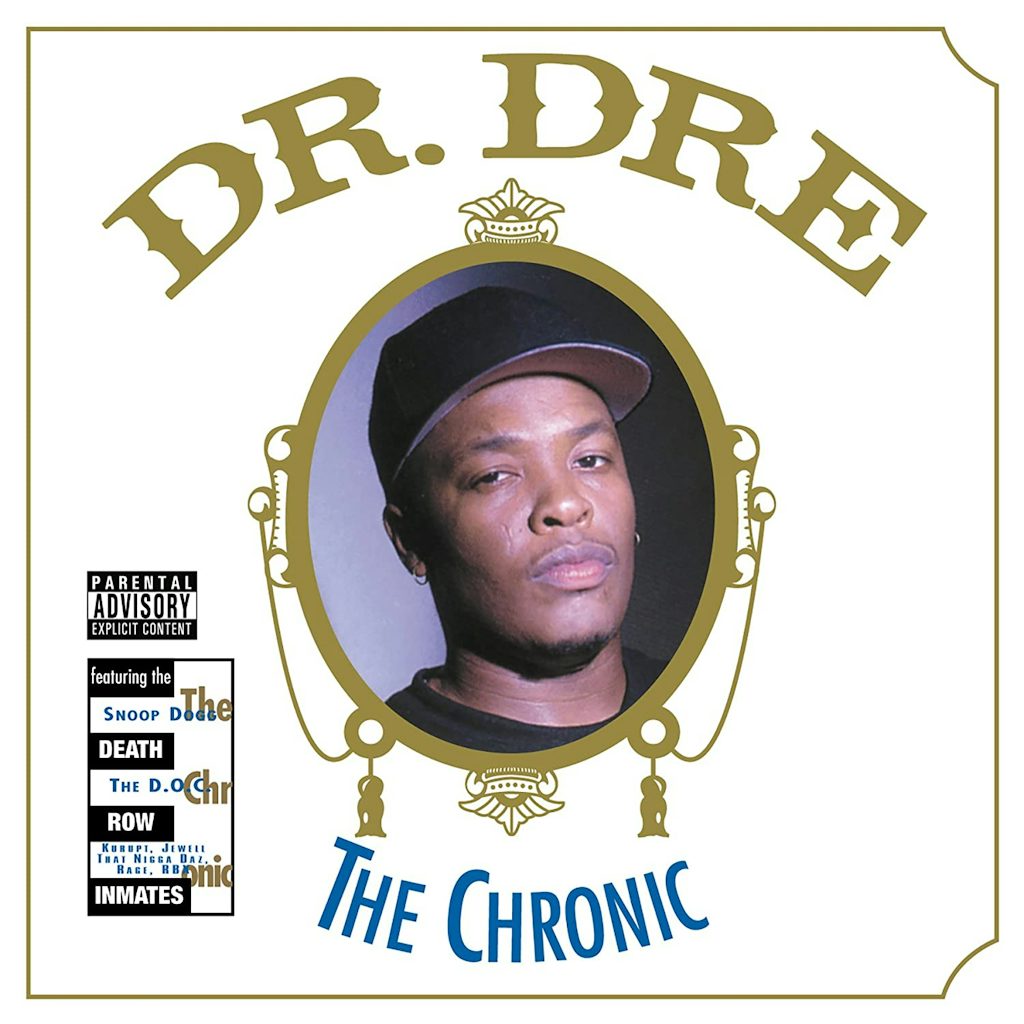
Something happened to Andre “Dr. Dre” Young between 1988 and 1992, and we’re all better off because of it. While Dr. Dre famously said on NWA’s 1988 hit “Express Yourself” that “I don’t smoke weed or sess,” his breakout solo album four years later was an ode to herb (among many other things) and even featured a cover that was a take off on a pack of Zig-Zag rolling papers.
“The Chronic” was named after a slang word for high-grade weed, and its title quickly became a byword for herb of any sort — though usually only the type you’d name an album after. It also launched the career of a then 21-year-old rapper and future cannabis icon from Long Beach named Snoop Doggy Dogg, made gangsta rap accessible to millions of people across the US, and made California the epicenter of rap music — at least temporarily.
3. ‘On the Road’ (1957)
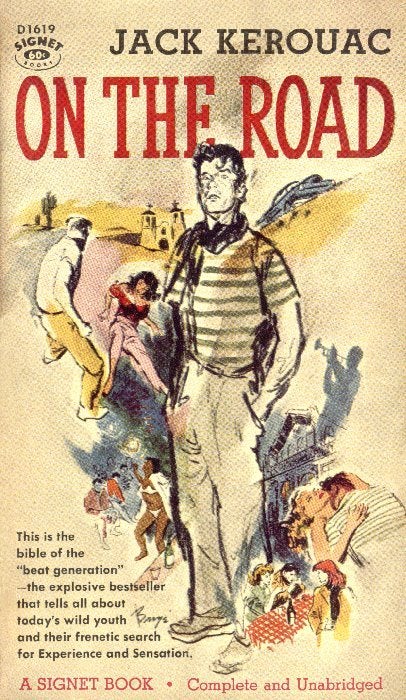
Countless teenagers in North America and beyond first read this 1957 Jack Kerouac novel around the same time they first tried marijuana. The defining work of the Beat generation, it encapsulates a sort of timeless young stoner fantasy: Two friends on the open road seeing all that Americana has to offer, getting high and telling themselves that all of this really, truly could be a book someday.
Kerouac and his Beat contemporaries like Alan Ginsberg and William Burroughs “demystified weed for the white middle class,” Ashley Manou wrote in The Varsity, and for writers like Kerouac, smoking cannabis “invoked a new prose style — free, more expressive, and unconventional.”
Arguably, something similar could be said for the many fans over the subsequent generations who became more expressive, free, and unconventional with the aid of cannabis, and the wanderlust of youth.
4. ‘Up in Smoke’ (1978)
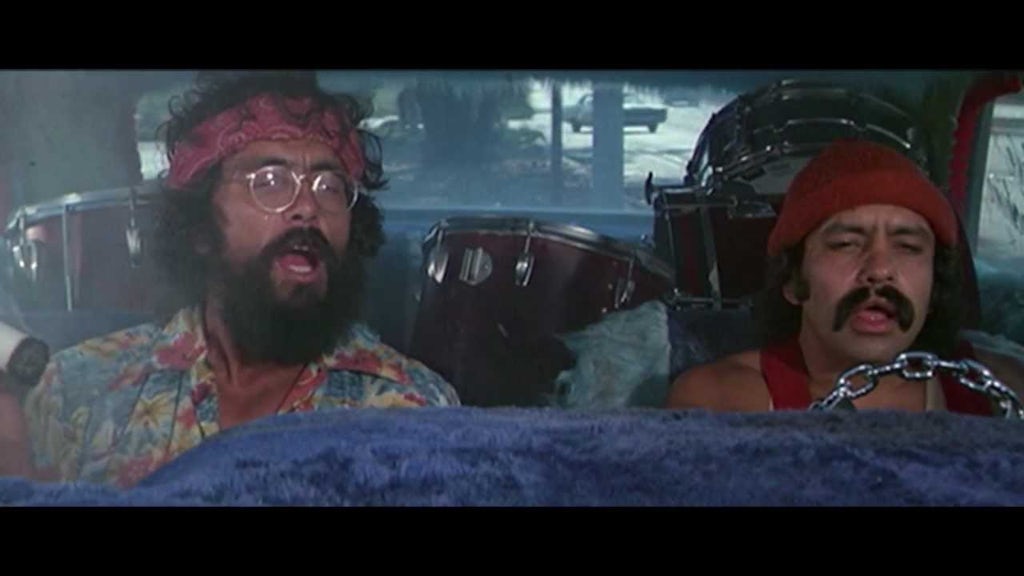
Long before cannabis professionals in legal weed states learned that they could legally make a career in marijuana, two comedians did the same, and never even needed a LinkedIn profile.
Cheech Marin and Tommy Chong’s 1978 hit “Up in Smoke” was a groundbreaking stoner film and a smash hit that stood out from the gritty films of the late 70s and the often dark counterculture films of the past (“Easy Rider” and “Gimme Shelter” to name just two).
By the time the film debuted, the comedy duo had already released five top 40 comedy albums, but the film brought classic Cheech and Chong bits to a national theater audience that may not have been part of their scene beforehand. Also, the jokes in the film landed more often than not.
Countless stoner films and documentaries would follow in the decades to come, but the film career of Cheech and Chong showed the influence of marijuana not merely as the inspiration or trigger for creativity, but as the opening act, headliner, main course, and spiritual leader of the whole operation.
Today, in the era of legal weed, the film serves as a reminder that so much of the artistic inspiration that marijuana fostered over the years wasn’t simply a result of the cannabinoids in the plant, but also of its status as an illegal, underground subculture with a language and a sense of humor all its own.
5. ‘The Red Headed Stranger’ (1975)
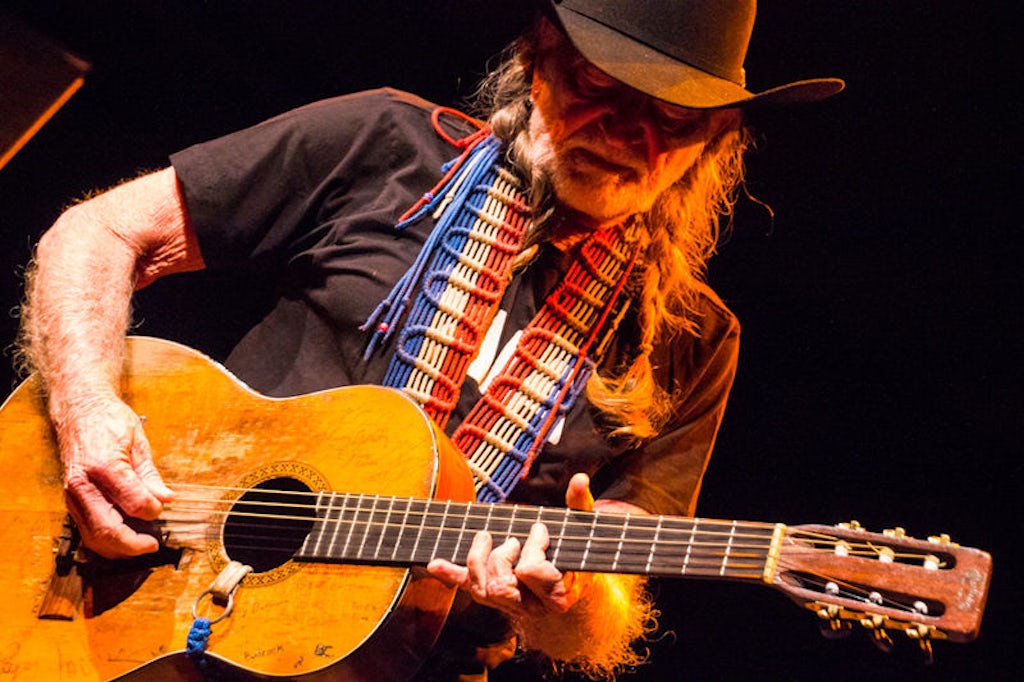
Legend has it, sometime in the early 70s in central Texas, hippies started getting beat up a lot less.
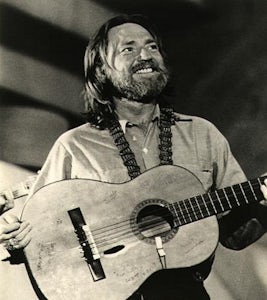
“When Willie Nelson moved back to Texas, I stopped getting my ass kicked so much,” singer-songwriter Steve Earle told Rolling Stone in 2019. The clean cut Abbot, Texas native had been living in Nashville for a decade, writing hits for other artists, when he decided to head back to Texas. Nelson found a home in the burgeoning counterculture music scene in Austin, where his presence onstage brought together a motley mix of hippies and rednecks, who found they had a shared interest in marijuana, psychedelics, country music, rock, and the cosmic confluence of the two.
In 1975, Nelson, who by then had been smoking weed for about two decades, recorded the album that for many would become his magnum opus.
“The Red Headed Stranger” (named by Texas Monthly as the #2 Willie Nelson album of all time, out of 144) is part a 15 track ballad, part epic poem that tells the tale of an Old West preacher who murders his wife and her lover and becomes a fugitive. It included tracks like Nelson’s chart-topping rendition of Blue Eyes Crying in the Rain and the haunting Time of the Preacher (“he screamed like a panther in the middle of the night”).
Where does cannabis fit in this story? Nelson was already a veteran cannabis smoker at the time, but it’s partly also that it played a central role in the cultural milieu that Nelson was a part of in Austin in the early 1970s. The album and the visage of Nelson himself give testament to the power of place and time, and how a heady mix of psychedelic rock, LSD friendly venues, country singers, and like minded artists can spark all types of creative brilliance.
6. Cosmos (1980)
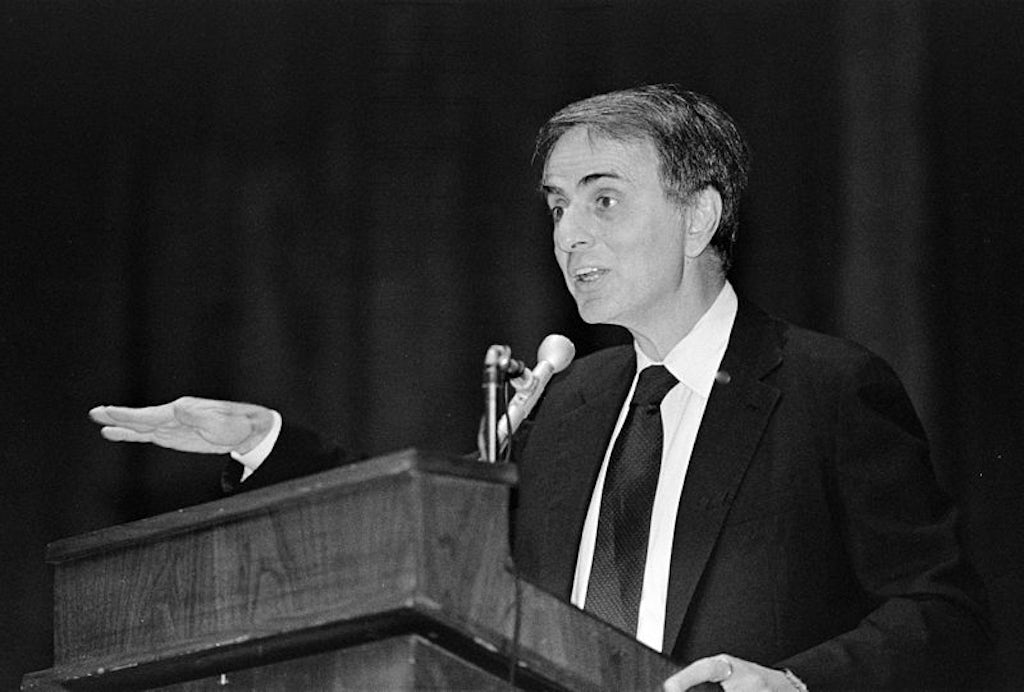
In 1980, people sat spellbound in living rooms across America as they were transported into the great beyond. The 13-part miniseries “Cosmos: A Personal Voyage” won two Emmys, a Peabody award, and inspired a book that became a bestseller.
The series was written and presented by the late astronomer Carl Sagan, one of the most prominent scientists of the 20th century, and, it turns out, one of the century’s most famous pot smokers.
In 1971, Sagan wrote an essay under the pen name “Mr. X” in which he hailed the wonders of cannabis and how “the cannabis experience has greatly improved my appreciation for art, a subject which I had never much appreciated before.”
He also noted the ability of cannabis to help him experience and appreciate what would typically be considered abnormal. He remarked “there’s a part of me making, creating the perceptions which in everyday life would be bizarre; there’s another part of me which is a kind of observer.”
He also dismissed the notion that stoned insights are trivial and to be laughed off when sober, writing: “There is a myth about such highs: the user has an illusion of great insight, but it does not survive scrutiny in the morning. I am convinced that this is an error, and that the devastating insights achieved when high are real insights.”
Surely, cannabis did not give Sagan the scholarly depth and expertise to become a world-renowned scientist, but his essay is further proof that cannabis can cause countless people to look inward and embrace their thoughts and feelings that fall beyond the boundaries of our workaday life.
Like many cannabis fans, Sagan knew that the greatest show on Earth is often within our own minds, and above us, in the cosmos that color the night sky.
7. The pottery of Seth Rogen (2019 to present)
Like cannabis, a global pandemic and rolling lockdowns can get the creative juices going, or just drive you to do something, anything to pass the time. But what if you combine the two?
Over the past couple years, mohel joke writer turned Hollywood superstar and cannabis Dalai Lama Seth Rogen has discovered the joys of home pottery, and how smoking pot and crafting pots go hand in hand.
Rogen introduced his pottery hobby to the world in the summer of 2019, showcasing a collection that was ashtray-centric, but soon shifted towards flower vases, mugs, pots and things you can put pot in. Today, Rogen’s Instagram feed is basically a gallery for his trippy pottery collection, which objectively shows a high level of dedication and skill.
It also perhaps shows the sort of liberated, free-flowing mindset that often comes with being high throughout much of the day. It’s the approach that says, “why not get high and make a flower vase covered in a bubbly glaze whose color looks like an exploded pair of clown pajamas?”
Be it ceramics or a cartoon centered on a talking sausage, Rogen’s art and his cannabis company are riddled with a stoner sensibility and an honest, driven desire to create more of the things you love.
8. The works of Louis Armstrong — and all that jazz
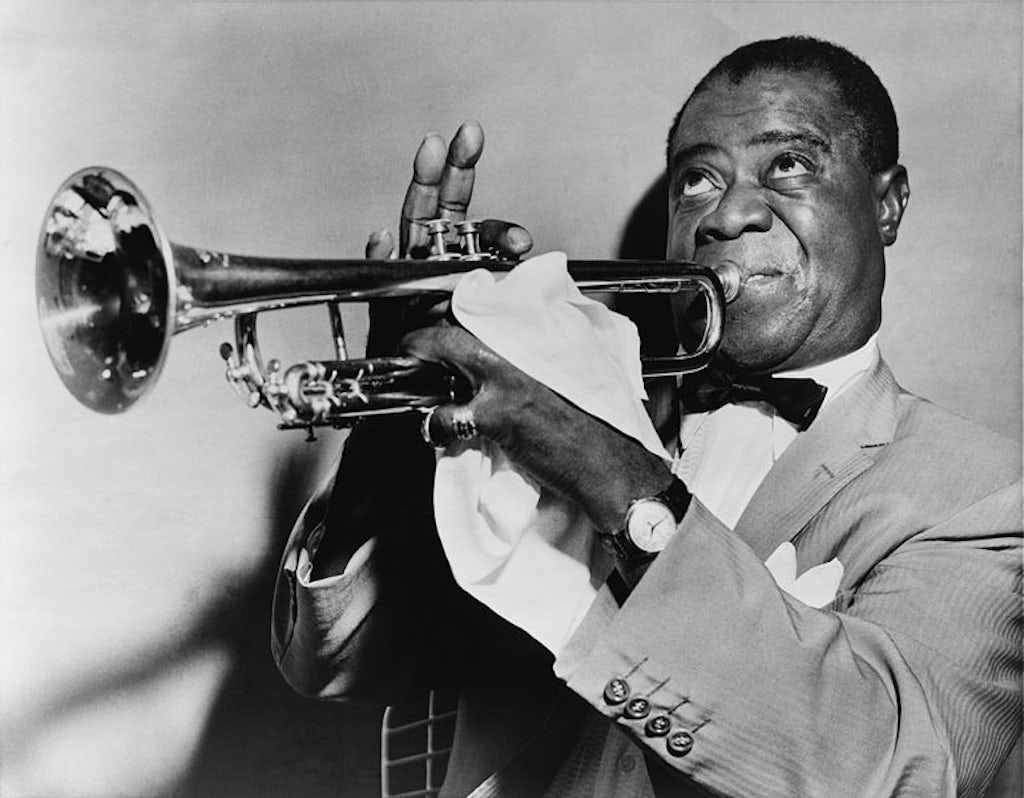
Long before the Summer of Love, and years before any beatniks twisted up their own reefer, cannabis was a major feature in the jazz scene across America.
Jazz legend Louis “Satchmo” Armstrong was perhaps the musician most identified with marijuana, and late in his life he spoke openly about his love for weed, which he called “gage.”
In an interview before his death in 1971, Armstrong said “we did call ourselves Vipers, which could have been anybody from all walks of life that smoked and respected gage. That was our cute little name for marijuana.”
Armstrong added that he and his peers viewed marijuana as a form of medicine and that “the respect for gage will stay with me forever. I have every reason to say these words and am proud to say them.”
Armstrong was arrested for smoking marijuana in California in 1930, and received a six month sentence. More than two decades later his wife Lucille would be arrested in Hawaii with a little over a half an ounce of weed.
The marijuana smoking of Armstrong and countless other jazz musicians was in its heyday during the 20s and 30s, during the era of “Reefer Madness.” Marijuana was a highly demonized substance and stiff penalties for even the most minor offenses were the norm.
And while there’s no reason to ever want to go back to these days, they created a sort of camaraderie between smokers, an outlaw sensibility that brought cannabis users together, and went hand in hand with the creation of art.
9. Matthew McConaughey’s Lincoln commercials (2014)
Driving under the influence of cannabis is illegal across the United States, but that did not stop Lincoln from debuting a series of ads in 2014 that showed actor and cannabis fan Matthew McConaughey acting extremely stoned behind the wheel of a full body sedan.
The ads depict a sort of distilled McConaugheyness — a middle-aged man from Texas who isn’t getting worked up about life and who loves to vocalize his deep thoughts by himself in his car, all while hallucinating a longhorn bull straddling the dividing line of the highway.
Was McConaughey stoned while filming the commercial? Were the writers on the ad team high when they pitched it? There’s no way to confirm, but the general atmosphere of the commercial and the actor’s performance suggest the sort of deep thoughts we often have when we’re high, and the grand treatises on life that we conjure up as we exhale.
Also, there is a marijuana sensibility in general to McConaughey. It could be in characters he has portrayed like Wooderson in Dazed and Confused, his arrest for playing bongos naked, or his extremely high-even-if-sober explorations of a Texas gubernatorial run.
10. The travel guides and wisdom of Rick Steves (1979 to present)
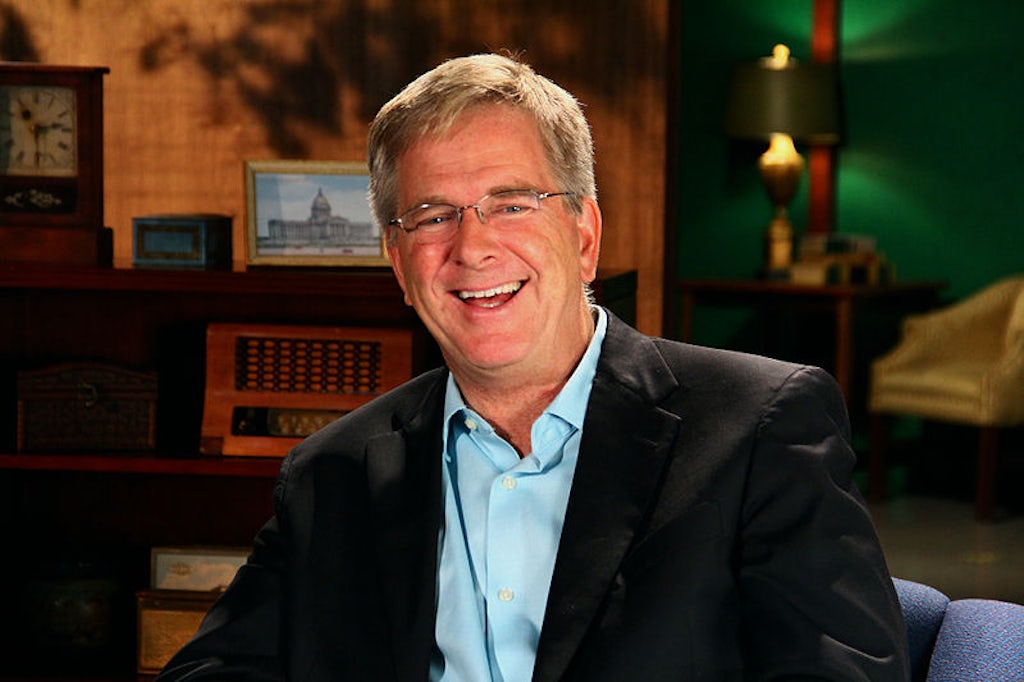
Countless young Americans smoked marijuana for the first time in Afghanistan in the 1970s, but for at least one such traveler, that first joint may have signaled the beginning of a truly notable, globe-spanning career.
In the five decades after that first joint, Rick Steves has written 30 guidebooks on European travel and is the host of his own PBS series “Rick Steves’ Europe,” as well as the public radio show “Travel with Rick Steves.” Since 2013, he is also a member of the advisory board of the National Organization for the Reform of Marijuana Laws (NORML), and a very outspoken advocate for the plant.
Steves has stated that cannabis “refreshes your perspective and allows you to see things in a different way. It humbled me about my ability to really appreciate things. When you’re not high, it reminds you that there might be more to appreciate about something than what you’re seeing, hearing or tasting.”
An active Lutheran, Steves has the sort of open-minded, friendly approach to traveling and meeting new people that seems in some ways still rooted in that experience in Afghanistan many years ago.
Also, for the past four decades Steves has penned his “High Notes,” what he describes as an ongoing diary of the things he thinks about when he’s high.
Create your own art with cannabis
Like Rick Steves’ cannabis journal, you don’t need your own artist’s studio, a literary agent, or a big break in Hollywood to create your own cannabis inspired art. Mainly, you just have to create, and let your own ruminations fly.
Cannabis journaling is a great way to let your creativity take flight, and there are a number of companies that have created ways for cannabis users to start putting their story down on paper.
Take for instance the “Creative Thinking Journal” from Pilgrim Soul, which has the line “Please Use This Jornali When You Are High,” splashed across the front cover. The book includes 50 creative thinking exercises meant to boost imagination, focus, awareness, and reflection, to help you catch some of that stoney creative lightning in a bottle.
But beyond helping you get those creative juices flowing, cannabis journaling can also just be an effective way to consume cannabis in a more mindful, immersive manner — even if you don’t end up writing the Great American Novel.
Sign up for bi-weekly updates, packed full of cannabis education, recipes, and tips. Your inbox will love it.

 Shop
Shop Support
Support
